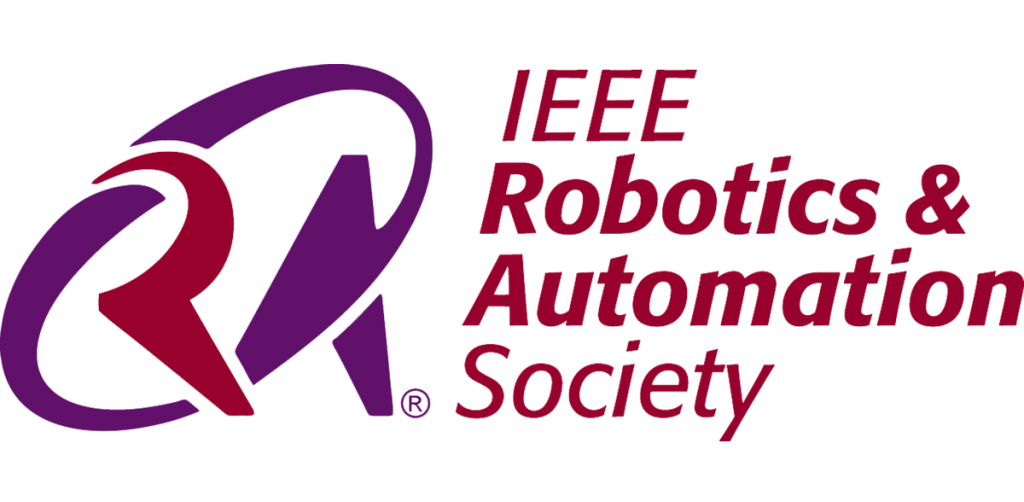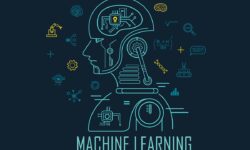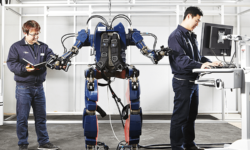Biometrics is the most suitable means of identifying and authenticating individuals in a reliable and fast way through unique biological characteristics. It allows a person to be identified and authenticated based on recognizable and verifiable data, unique and specific.
Biometric identification consists of determining the identity of a person.
● The aim is to capture an item of biometric data from this person. It can be a photo of their face, a record of their voice, or an image of their fingerprint.
● This data is then compared to the biometric data of several other persons kept in a database.
There are two types of biometrics:
Physiological measurements
They can be either morphological or biological.
● Morphological identifiers mainly consist of fingerprints, the hand’s shape, the finger, vein pattern, the eye (iris and retina), and the face’s shape.
● For biological analyses, DNA, blood, saliva, or urine may be used by medical teams and police forensics.
Behavioral measurements
The most common are:
● voice recognition,
● signature dynamics (speed of movement of pen, accelerations, pressure exerted, inclination),
● keystroke dynamics,
● the way we use objects,
● gait, the sound of steps,
● gestures, etc.
Once biometric data is obtained and mapped, it is then saved to be matched with future attempts at access. Most of the time, this data is encrypted and stored within the device or in a remote server.
Biometrics scanners are hardware used to capture the biometric for verification of identity. These scans match against the saved database to approve or deny access to the system.
In other words, biometric security means your body becomes the “key” to unlock your access.
Biometrics are largely used because of two major benefits:
● The convenience of use: Biometrics are always with you and cannot be lost or forgotten.
● Difficult to steal or impersonate: Biometrics can’t be stolen like a password or key can.
While these systems are not perfect, they offer tons of promise for the future of cybersecurity.
Biometric authentication is convenient, but privacy advocates fear that biometric security erodes personal privacy. The concern is that personal data could be collected easily and without consent.
Facial recognition is a part of everyday life in Chinese cities, where it’s used for routine purchases, and London is famously dotted with CCTV cameras. Now, New York, Chicago, and Moscow are linking CCTV cameras in their cities to facial recognition databases to help local police fight crime. Ramping up the technology, Carnegie Mellon University is developing a camera that can scan the irises of people in crowds from a distance of 10 meters.
Another important problem is that databases of personal information are targets for hackers. Storing biometric data on a device – like the iPhone’s TouchID or Face ID – is considered safer than storing it with a service provider, even when the data is encrypted.
That risk is similar to that of a password database, in which hackers may breach the system and steal data that is not effectively secured. The ramifications, however, are significantly different. If a password is compromised, it can be changed. Biometric data, in contract, remains the same forever.
Biometric verification systems are an emerging trend and changing our lifestyle. It is incorporated in almost every industry and sector to maintain the privacy and security of an individual and for institutions as well. Shortly, we will experience a better adoption of facial recognition technology to access personal devices for reorganization and authentication. It will surely bring change in our judicial and law enforcement institutions by providing them room to have data security by using biometric verification systems and to keep the records of criminals and case files securely. Through this technology, we will be able to share and transfer files and data from one system to another without any threat of being stolen. It will provide security with comfort and an easy to use solution that will surely make our life simple, easier, and secure.




